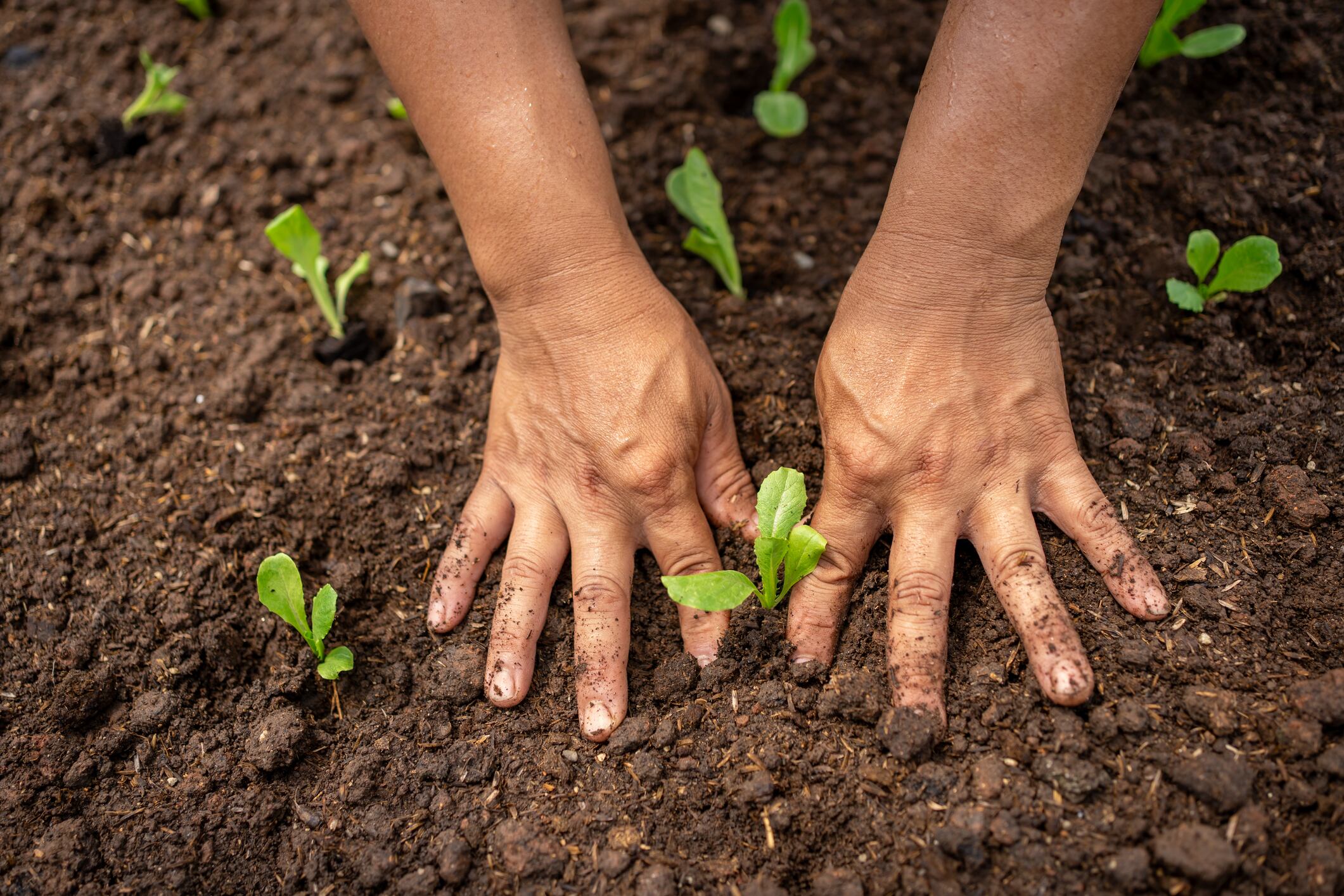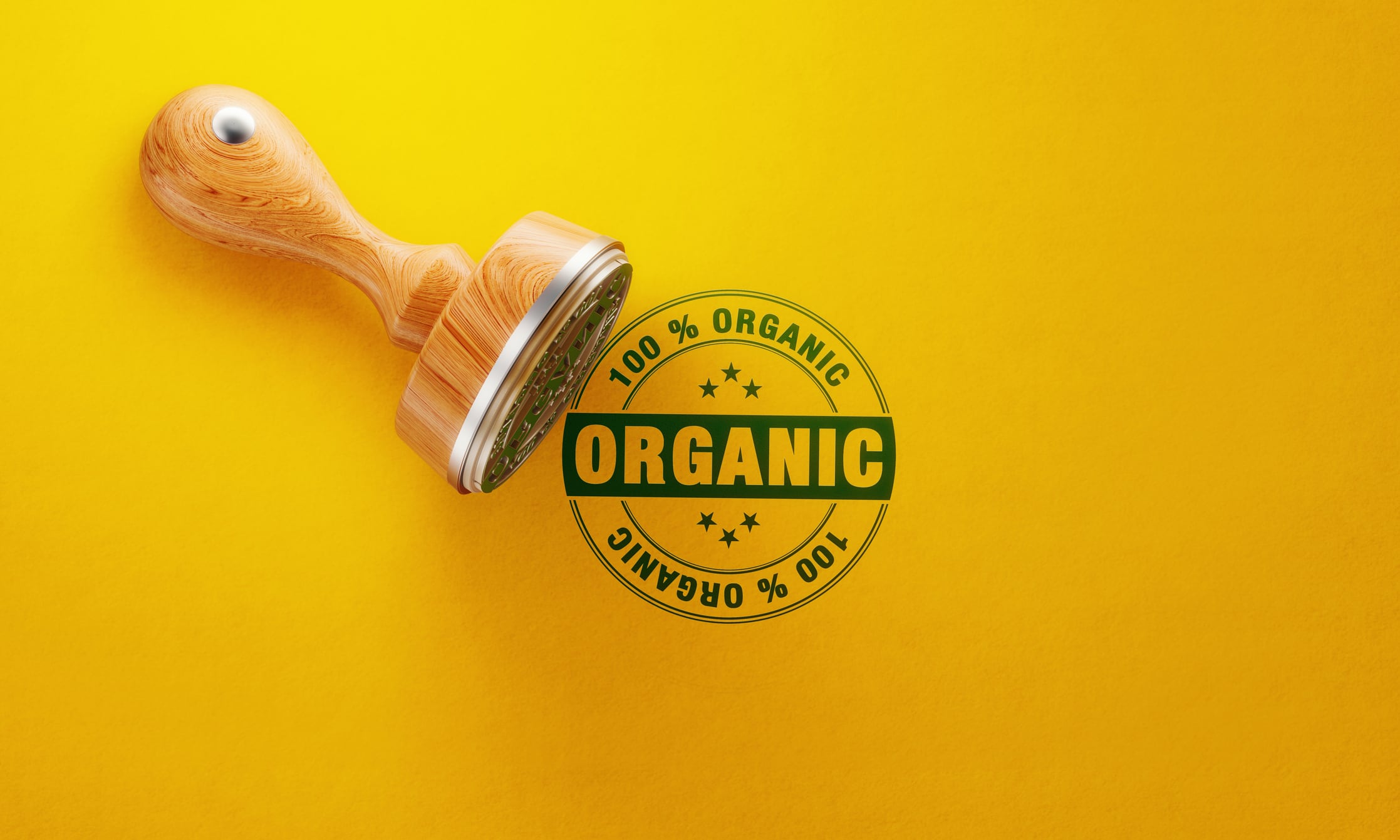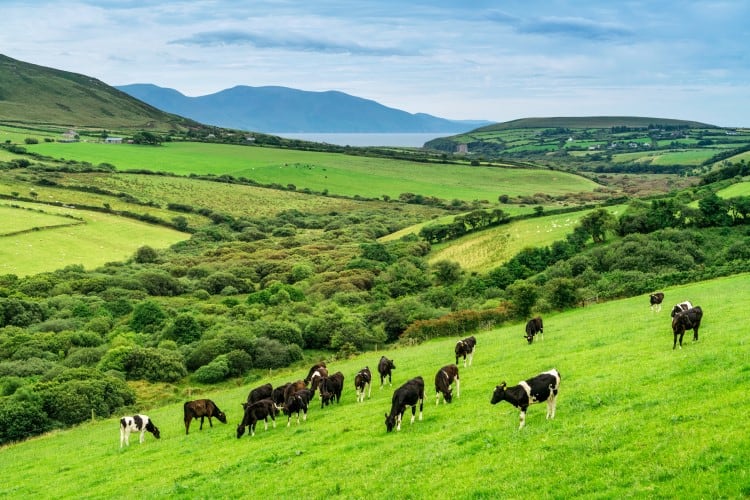From being a loosely-defined buzzword just a few years ago to becoming a data-driven model for improving sustainability in both ecological and business terms, regenerative agriculture has come a long way.
Today, the values that drive its adoption serve as a powerful differentiator for food and beverage brands that have set off on this journey. According to the 2024 State of Regenerative CPG report authored by RegenBrands, regenerative ag drives product innovation, fosters consumer trust, strengthens supply chains and enhances brand integrity by aligning with sustainability and social responsibility.
It’s also becoming increasingly important as a tool to build supply chain resilience and manage climate risks for companies, as well as to drive growth and profitability.
For example, Nestlé’s Nestcafé surpassed its 2025 regenerative ag goal a year early, by sourcing 32% of its coffee from farmers implementing regenerative agriculture practices in 2024. A study conducted for the company indicated that an annual investment of $500m to 600m into regenerative agriculture in coffee could trigger an annual return of over $2bn in additional farmer income; up to $2.6bn of additional coffee exports, and up to 3.5 million metric tons of abated CO2e.
And in dairy, the global food, beverage and pet nutrition major is working with British co-op First Milk – which runs the largest regen ag programme in the UK sector – to support regenerative farming practices through its Regenerative Milk Plan.
Nestlé is among the CPG majors who work with Klim, a provider of insetting and supply chain conversion solutions that enable food companies and stakeholders ranging from retailers to intermediaries such as commodity and ingredient suppliers to transition their supply chains to regenerative ag practices. This, in turn, improves P&L and company valuation, all while achieving climate targets, we were told.
Regen ag: From climate to business sustainability
Klim, which recently entered the UK market and also operates in Germany, Poland, Czech Republic, and Slovakia, wants to shift the regen ag conversation from climate to capital.
“If we don’t open the discussion for the broader impact regen ag can generate, we are falling short of our goal of scaling it to the maximum effect,” Klim co-founder Rob Gerlach told us.
Soil health is one of the key paradigms in regenerative ag – and for Gerlach, soil is ‘the most important asset on the planet’.
But soil organic carbon – the concentration of carbon in the soil – has reduced by 50% globally on average and the trend continues, he told us. And as soil organic carbon loses value due to soil degradation, CO2 is released into the atmosphere, contributing to climate change.
“And if the story would end here, then it would be very surprising if any food company would act,” Gerlach said. “But ‘luckily’, we see other negative consequences – which are reduced yields and ever-increasing volatility and increasing prices due to rising need for inputs such as fertilizer.
“This is why regenerative agriculture is not simply a sustainability topic. There are negative impacts for the companies’ P&L that drive its adoption.”
These negative impacts include the high costs of having to reshuffle supply chains due to climate change, particularly for commodities that cannot be easily sourced globally.
“We talk to people in the biggest food companies; we hear them say things like, ‘if we are not converting in the next five years, we might be out of business’.”
Rob Gerlach, CEO and co-founder, Klim
“Essentially, the most important asset of a food company is access to the supply – and we haven’t even talked about other challenges, such as nutrient density,” he added. “If that also goes down, the quality of food would do, too.”

Getting farmers onboard: Avoiding a ‘dogmatic’ approach
Here’s how Klim’s model works: once a company approaches the firm and shares its sustainability goals, an ‘ambition level’ is set out and a plan to achieve this is hashed out.
“We identify the intermediaries that may sit between the farmers and the food company partner in question, such as commodity suppliers or dairy aggregators, and handle those supplier relationships to make farmer onboarding as smooth as possible.”
Farmers are onboarded to Klim’s digital platform where farm data is submitted and monitored; the company then works with producers to determine the most suitable initiatives they should take up, and how this action would impact farmer profitability.
“We don’t ever approach farmers by saying, ‘Become a climate hero!’ We approach them with what is really relevant to them.”
Rob Gerlach, Klim
“We give the farmer the flexibility to choose the conversion trajectory and program, e.g. whether to start with 5% or 10% of their farm [as a conversion aim]. And we achieve higher adoption rates than if we would force the farmers to adopt a strict target.
“Then we provide producers something that is decidedly lacking in the regenerative ag community: agronomic advice, tailor-made to the farm.”
In addition to working with agronomists, Klim has developed a ‘digital regenerative agronomist’ tool to help farmers decide which interventions – e.g. no-till, cover crops and various other methods of improving soil health – they should adopt.
“After the digital agronomist comes the monitoring reporting verification, where we ensure that everything the farmer has said he would do will take place in reality,” Gerlach said.
Overall, appealing to producers’ own aims is what ensures their positive involvement in the regenerative ag transition. “You cannot mandate and in a dogmatic way enforce farmers to do something,” Gerlach said. “It will backfire gloriously.”
There are clear benefits to intermediaries too, such as commodity suppliers. “If you can position yourself as a company that is not only competing on price but also on stable yields, stable prices, low GHG footprint and high food quality, you are essentially adding value to your offering,” he added.
For dairies, Klim has a dairy-specific solution that includes calculating the carbon footprint of a kg of energy-corrected milk; collecting farm data that’s verified and continuously updated, and reporting in accordance with GHG Protocol and SBTi standards.
So what’s next?
The case for regen ag in the UK
Klim has just entered the UK market, and Gerlach tells us there is great urgency for local producers to convert to regenerative farming.
According to a Defra report into food security published in 2024, rising food insecurity due to climate change has led to an erosion of self-sufficiency in food production – especially for fresh fruit and vegetables. The report also highlights the degradation of the UK’s natural capital as a key factor threatening the nation’s capacity to produce food.
“The time to act is always now because it won’t get better, it will get worse in one to three years” Gerlach said. “And the tools and the opportunities, the services are all there and the earlier you start, the earlier you’re reaping the benefits.”
Climate Smart Food: Understanding climate risks
Want to know more about how the food and beverage industry can futureproof itself against climate change? Check out FoodNavigator's Climate Smart Food broadcast series.
Taking place September 9, 16 & 2 3, Climate Smart Food is a free webinar series designed to inform food and beverage manufacturers about how to tackle climate risk with real-world strategies: from smart farming and resilient ingredients to low-impact packaging and emissions reduction. Viewers will hear from industry leaders and innovators from organizations like Nestlé, ING Bank and Heineken UK.
Climate Smart Food will also be available on demand if you are unable to join on the day - but make sure you register for free to gain access.



